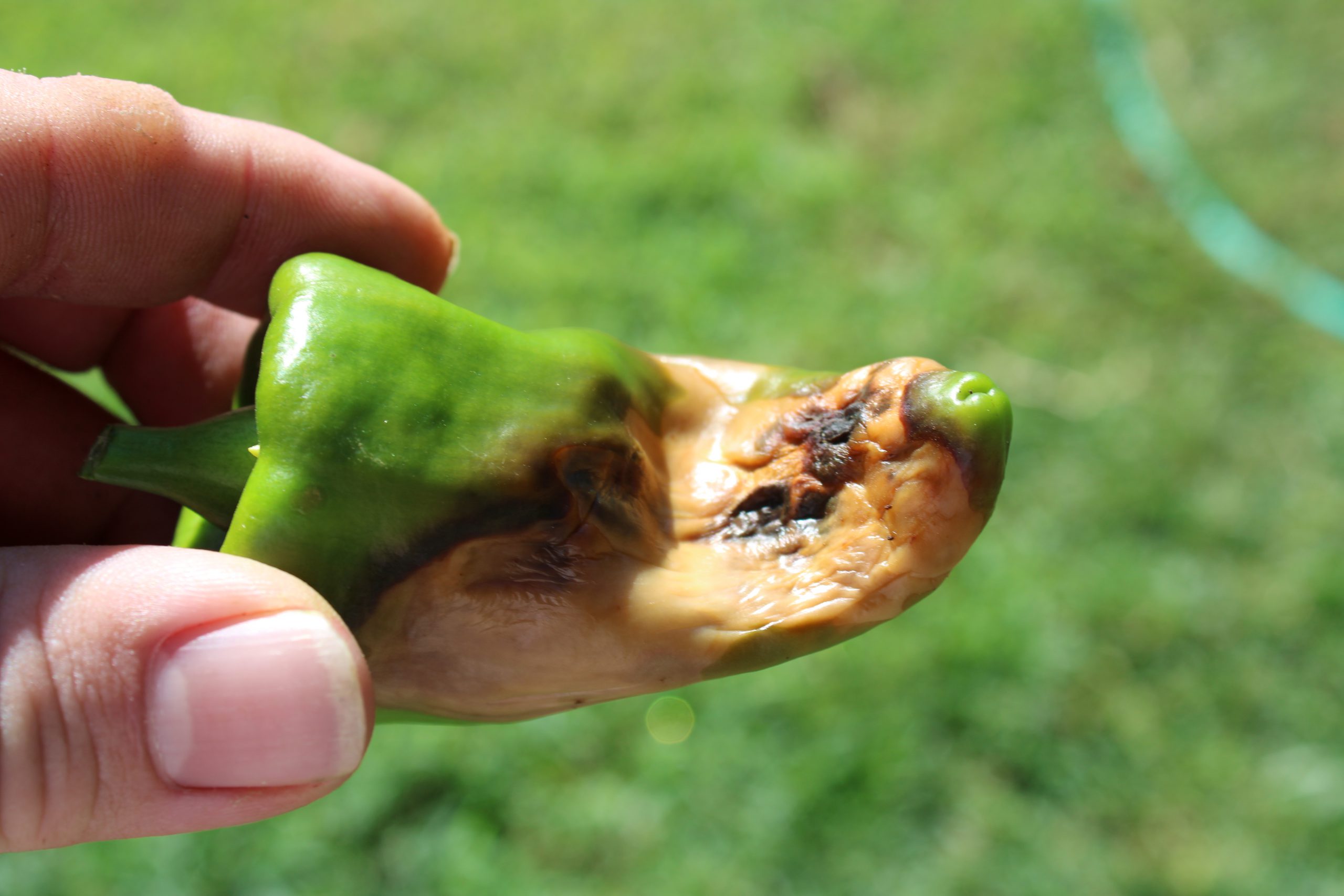Back a week or so ago, I was talking with one of my online buddies about my Dux D’Espagne peppers and the fact that they were all suffering from Blossom End Rot. The cause of this disease is a lack of calcium. The thing is the soil is pretty rich in calcium. It is fairly difficult to run it out of calcium in soil in general. This is especially true in beds that are amended with fresh compost every year. The issue is more complex then just missing calcium.
How Do I Know My Soil Was Good on Calcium.
First, each of these peppers where planted with one of my sous vide eggs that I had left over from my tomatoes. While it is not completely broken down, there should be some breakdown of the egg over the last 5 months. Next, the bed was brand new. There are issues with new beds but mineral deficiencies aren’t one of them. I had 5 different kinds of compost mixed into the bed. Each planting hole got a handful of additional worm castings as well.
I make jokes about my Martian Soil but it is actually pretty nutrient dense. There is enough organic matter in the beds to breakup the clay from my less than great quality compost. The only nutrient that I was really concerned about missing was nitrogen and that was because not all the composts were completely finished. It has a ton of nitrogen in the soil. Just not that plant available at the moment. That will be next year.
So What is the Cause of the Blossom End Rot?
Like I said before, it is a lack of calcium. It just is not a lack of calcium in the soil. It’s a failure of getting calcium in the plant.
There are two major things that can mess with calcium uptake in a plant. First is too much magnesium. If you are putting Epsom salt in your soil and having this issue, stop with the supplementation. In most garden plants, the mechanism that handles the calcium uptake also handles the magnesium uptake. Too much magnesium and the road is blocked for the calcium. Since I use very little Epsom Salts in the garden and not as a soil amendment in my beds, I feel like this is not likely my issue.
Next is water. My Dux D’Espagne peppers are not built for the heat and wind of Oklahoma. They are tall, sturdy plants but don’t seem to handle drought very well. If you have no water then you are missing the mechanism to transport calcium into the plant. No calcium and its blossom end rot time for you.
Here is one of Dux D’Espagne pepper plants. This is about 24 hours after a deep watering just before the heat of the day.
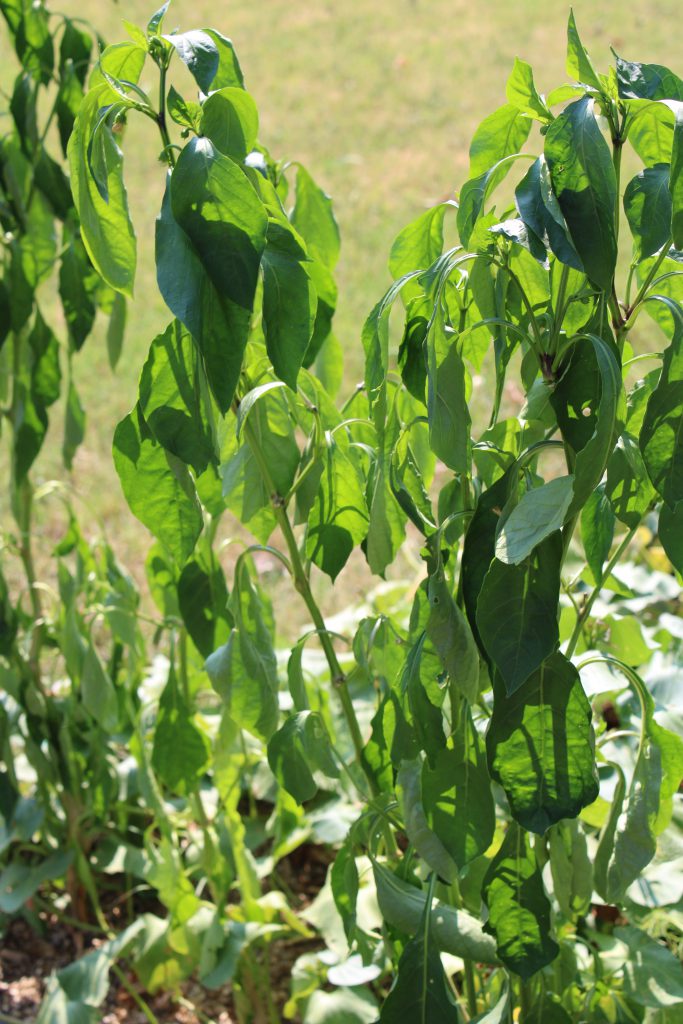
Here is what my Habanda Pepper plant looked like at the same time.
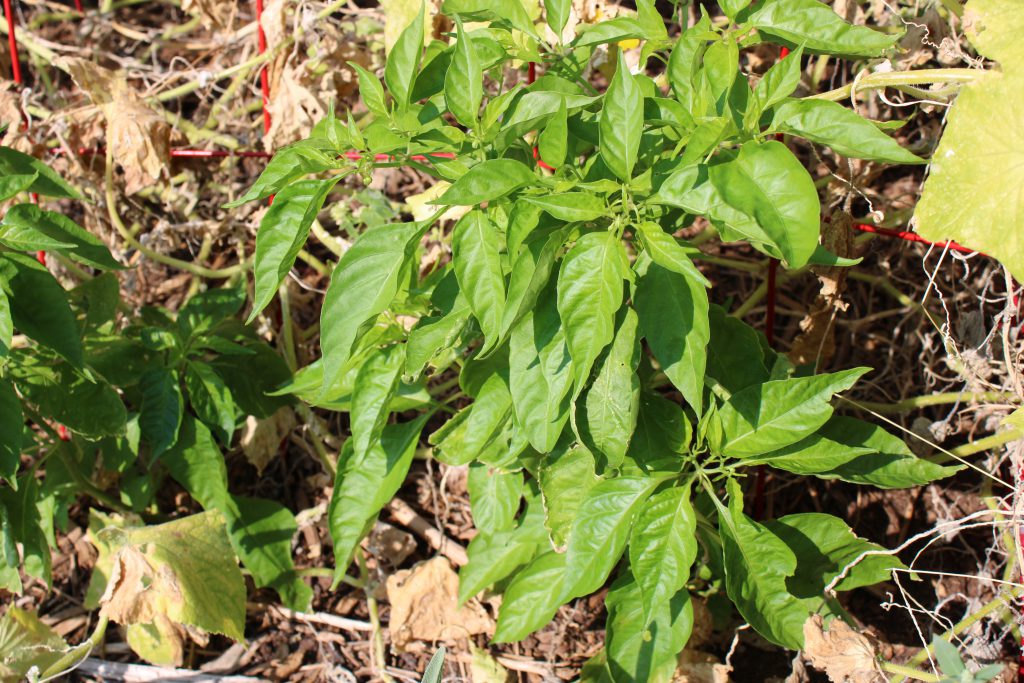
Look at how nothing is drooping. This garden has been through Hell and back as you can see from the crispy remnants of a cucumber plant in the background. This pepper is short squat and drought tolerant. My tall, sturdy plant is drying out, drooping and a sad sight. It gets even worse if you give it another 72 hours. It starts wilting like a basil plant.
My habanada peppers as babies look like this.
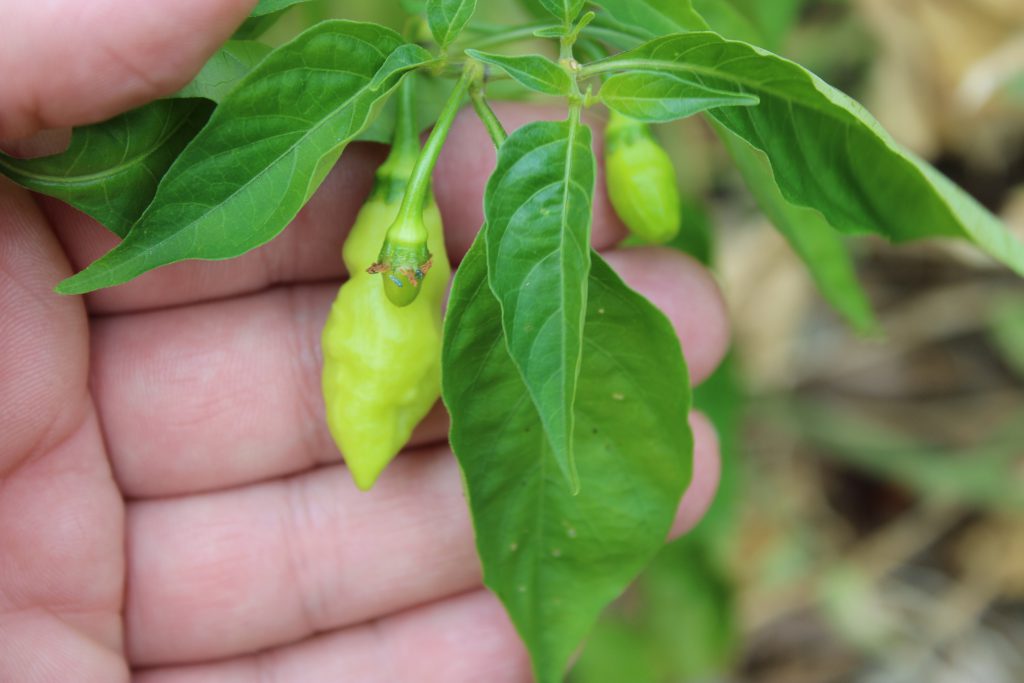
Plump, green little chilies and healthy as can be. Meanwhile a young Dux D’Espagne looks like it belongs in a Civil War hospital.
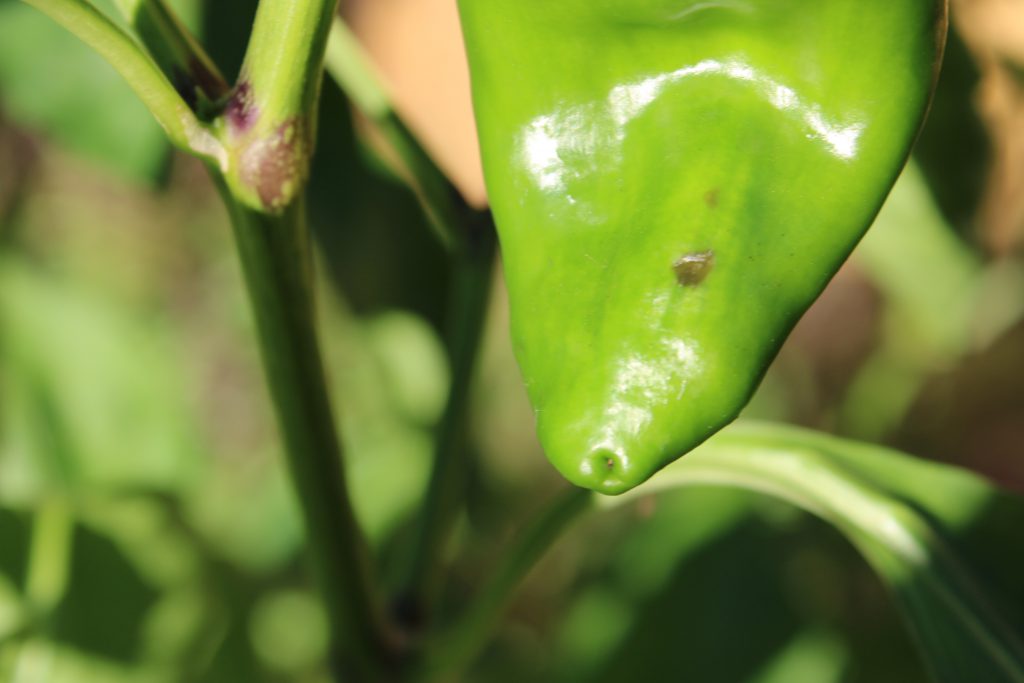
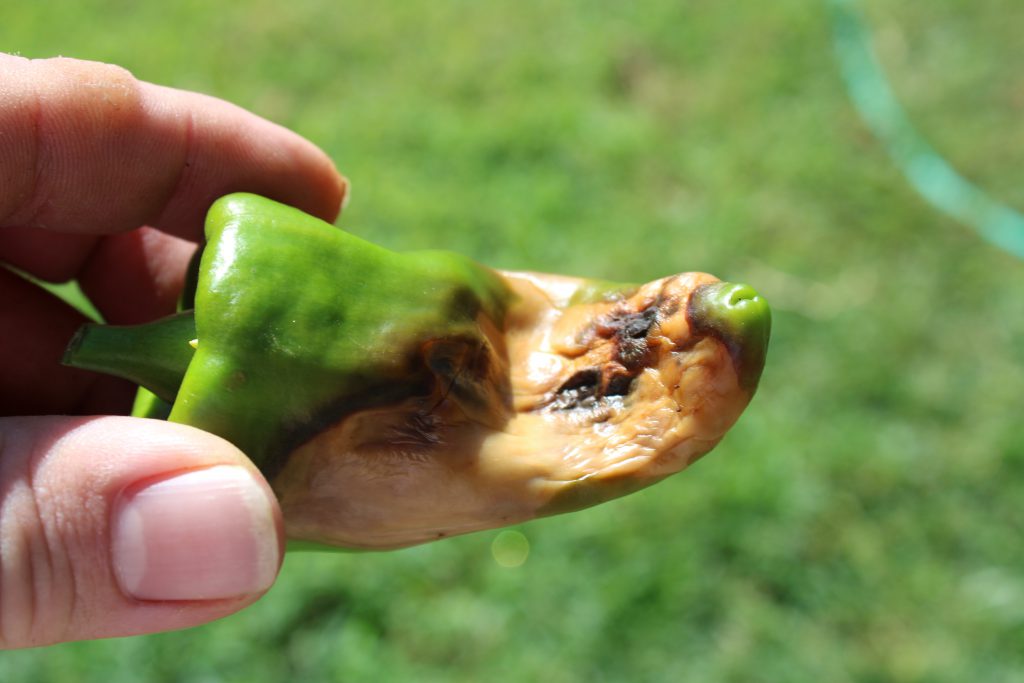
This is a universal condition of all 5 of these pepper plants. My habanada, pimento and bull peppers are doing great but none are as big a pepper plant as these. They don’t suffer from the heat and wind as bad as these plants do.
What to do?
I still have some seed from these peppers. Next year, I think I am going to try them in pots. If I can give them more shade they may do better. As is, they can’t handle full sun and wind, they will need a bit more babying.
If you are one of the poor souls that put too much Epsom Salt in their bed, then you are kind of screwed. It is easy to add stuff to the bed but next to impossible to pull out. The best I can say is pull some of the soil out and amend with fresh compost. Trying to dilute it is probably your best bet.
Otherwise, you might just have to grow something like tomatillo or peppers that you can cultivate young before the rot sets in. You will have to have the plants clean the soil over time.
If your soil is short on calcium, I would say add compost but adding milk or egg shell will work. You will have to wait for them to become bioavailable to the plant. The organisms in the soil have to go to work. This is a long term solution so don’t expect it to save the fruit that is on the plant now.
Finally for my issue, I just need to water more. I could try wind blocks or shade cloth but water is really what it needs. This is one of the issue of experimenting with new plants. Sometime you run into something that just is not suited to your climate.
